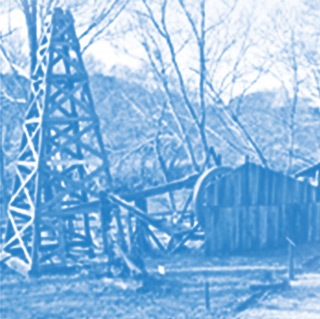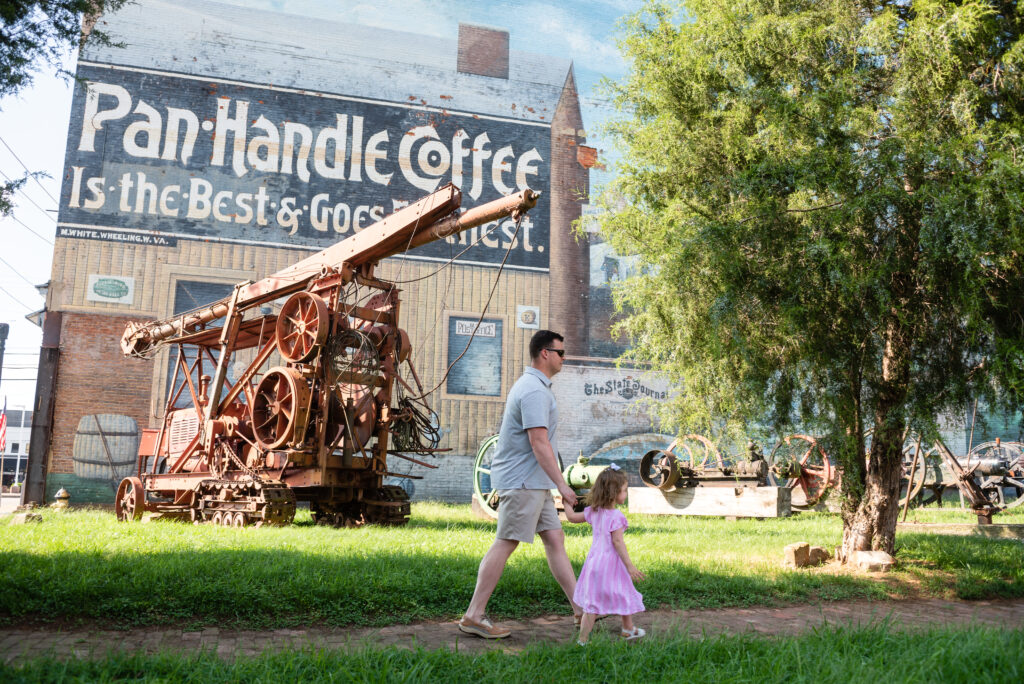
Early Oil & Gas Industry
During the 1770s, General George Washington was one of the nation’s first fuel entrepreneurs when he surveyed and purchased several hundred acres of land in what was then western Virginia on the speculation that it was rich in oil and natural gas.
The oil and gas industries were a product of the state’s salt industry. In 1859 the Rathbone brothers of Parkersburg, bought land located a few miles north of Burning Springs Run near the Little Kanawha River in search of salt. What they found instead was a deep well of petroleum. The surprised brothers were disappointed but at the same time intrigued with their new findings and dug a second well. All told the Rathbone wells produced more than 1,400 barrels of oil a day that year. Large quantities of oil were floated down river in barrels to Parkersburg and were then shipped to other cities across the country. This sparked a stampede of individuals looking to get rich quick with what was termed “black gold.”

By 1860, additional oil fields were discovered a short distance away in the town of Volcano. These fields proved to be active for more than a decade and an oil pipeline was built from Volcano to Parkersburg. Wood County rapidly became a leading oil market.
The City of Parkersburg and Wood County benefited greatly from the prosperous oil and gas industries. Political and social power, as well as personal fortunes, were evident as the county prospered economically with new businesses, the building of luxurious homes and the election of multiple state governors and politicians. Businessmen from Parkersburg indeed played an important role in influencing and shaping the new state following the Civil War.
By 1900, oil production had subsided while the use of natural gas was on the rise. From 1906-1917 West Virginia was the leader in gas production in the United States.
The Oil & Gas Museum is open daily from 11 a.m. to 5 p.m. Admission for adults is $10, Children & Veterans is $5 and tour groups are also discounted at $5. Call 304-485-5446 to book your tour.
To learn more visit the Oil & Gas Museum in Parkersburg or go to www.oilandgasmuseum.org
